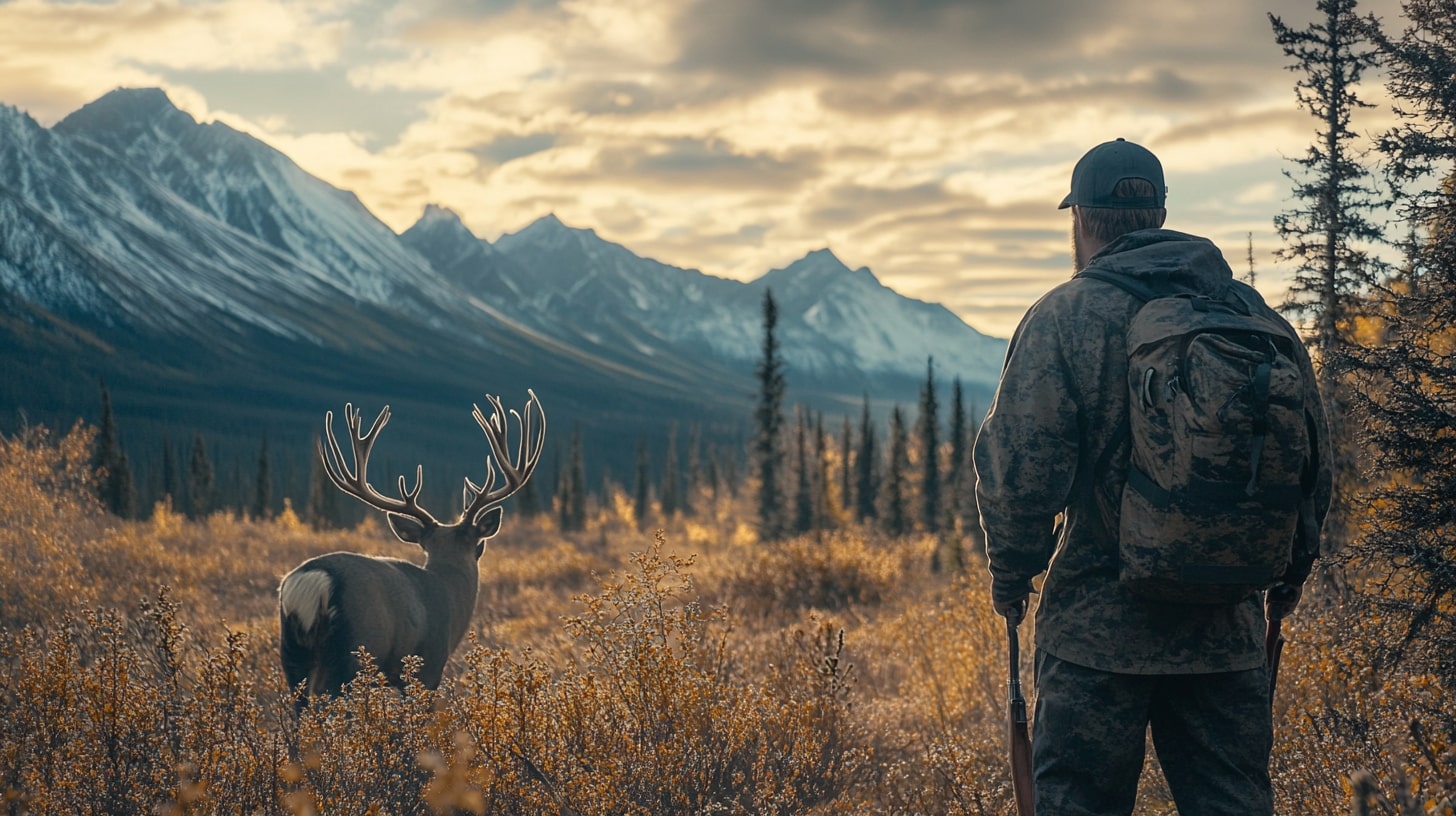In the world of big game hunting, success hinges on the effectiveness of your tracking techniques. Mastery of tracking not only increases your chances of spotting your target but also elevates your understanding of the animal’s habits, habitat, and behavior. This guide aims to delve into advanced tracking techniques tailor-made for big game hunting, providing insights and practical advice to both novices and seasoned hunters. From identifying animal signs to understanding weather impacts, we will explore the nuanced art and science of tracking that can make or break your hunting expedition.
Preparing for the Hunt
Gathering Essential Equipment
Before embarking on a hunting expedition, it’s crucial to have the right equipment. Begin with a high-quality backpack, designed for wilderness expeditions, to carry hunting essentials. Binoculars or a spotting scope will be invaluable for identifying games from a distance and examining their behavior. A GPS device or compass will aid in navigation, while a notebook and pen can be used to record observations about animal signs and movements. Additionally, carry a field guide for identifying different species and understanding their behavior.
Research and Planning
Prior knowledge about your target animal is key to a successful hunt. Study its behavior, habitat, and typical signs. Detailed research will help you anticipate the animal’s movements and improve your tracking skills. Plan your hunting expedition meticulously, keeping weather conditions and the time of year in mind. Different species may be more active during certain weather conditions or seasons.
Physical and Mental Preparation
Hunting can be a physically demanding activity, requiring long hours of tracking and patience. Regular exercise focused on building cardiovascular endurance and strength is recommended in the weeks leading up to the hunt. Mental preparation is also vital. Hunting requires persistence, patience, and a deep respect for wildlife. Develop a mindset that respects the hunt as a connection to nature, rather than just a pursuit.
Remember, successful tracking for big game hunting is as much about preparation as it is about the hunt itself. Fine-tuning these aspects will increase your chances of a successful expedition.
Tracking Tools and Equipment
While the human senses, intuition, and knowledge play significant roles in tracking, specialized tools and equipment can greatly aid in the process.
Binoculars
A quality pair of binoculars is essential for spotting animals from a distance without disturbing them. It also allows for detailed observation of animal behaviors and environments.
GPS and Topographic Maps
Modern hunters often rely on GPS devices for navigation, particularly in unfamiliar terrain. However, traditional topographic maps and a compass remain crucial tools, particularly in areas with limited GPS signals. These tools can also help in understanding the terrain, identifying potential animal routes and watering holes.
Trail Cameras
Trail cameras can be set up in locations frequented by animals, such as water sources or game trails. These cameras can provide valuable information on the habits and movement patterns of the target animal.
Track Measuring Tools
Track measuring tools include rulers and calipers. These tools are used to measure the size and shape of animal tracks, aiding in species identification and size estimation.
Remember, no tool can substitute for knowledge and experience. The most valuable tracking tool will always be your understanding of the animal and its environment, built through research and time spent in the field.
Tracking Techniques
Identifying Animal Signs
One of the fundamental techniques of tracking is the ability to identify and interpret animal signs. These can include tracks, droppings, feeding signs, rubbings, or even sounds. Each sign provides a clue about the animal’s behavior, direction, and time of activity. It’s crucial to spend time learning to recognize these signs and understand their significance.
Interpreting Animal Tracks
Animal tracks are among the most telling signs. The size, shape, and number of toes can help identify the species, while the depth and definition of the track can give clues about the animal’s size and weight. The direction and pattern of the tracks can also indicate the direction of movement and possibly the animal’s behavior at the time – whether it was walking, running, or stalking.
Considering the Weather and Terrain
Weather and terrain can significantly affect the visibility of animal signs. Rain can wash away tracks, while wind can cover them with debris. However, they can also create opportunities; for instance, fresh snow or mud can capture clear, detailed tracks. Understanding how different weather conditions and types of terrain affect track visibility is crucial for successful tracking.
Reading Animal Behavior
Understanding animal behavior is key to anticipation and interception. Knowledge about your target species’ feeding habits, mating behaviors, preferred habitats, and reactions to weather changes can significantly improve your tracking success.
Using Technology
Technological tools can greatly aid tracking efforts. GPS devices can help navigate and mark locations of interest, such as animal sightings or signs. Trail cameras can capture images or videos of animals in a particular area, providing valuable information on their habits and movement patterns.
Remember, tracking is as much an art as it is a science. It requires patience, sharp observation skills, and a deep understanding of the natural world. With practice and experience, you can enhance your tracking skills and increase your success in big-game hunting.
Utilizing Technology
In the modern age, technology is playing an increasingly important role in enhancing the efficiency and success of big-game hunting. One such cutting-edge tool is the use of drone technology. Drones equipped with high-resolution cameras can be used to scout vast areas of land, identify animal hotspots, and even observe animal behavior without disturbing the wildlife. Such aerial reconnaissance can save a tracker considerable time and energy.
Likewise, tracking apps have revolutionized the way hunters scout for games. These apps can map out terrain, mark sightings, and even suggest the best hunting times based on animal activity patterns.
However, remember, while technology provides beneficial assistance, nothing replaces the value of practical field experience and a deep, personal understanding of animal behaviors and habitats. Always consider technology as a supplement to, not a replacement for, traditional tracking knowledge and methods.


